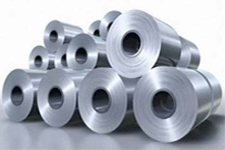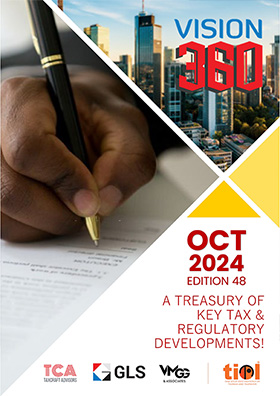CX - CENVAT Credit on inputs used in intermediate goods manufactured in other factories under Strategic Alliance Agreement - Credit is admissible: High Court
By TIOL News Service
BANGALORE, APR 20, 2015: THE respondent assessee is a manufacturer of Alloy and non alloy steel products. They entered into Strategic Alliance Agreement with other steel manufacturer to undertake intermediate processes. It is the allegation of the department that the respondent assessee is not eligible for CENVAT Credit on oxygen and nitrogen supplied through pipelines diverted to the intermediate processors. The Tribunal allowed the credit by holding that CENVAT Credit availed by the respondent was in accordance with law.
Aggrieved by the same, revenue filed an appeal before the High Court.
After hearing both sides, the High Court held:
The Principal Bench of this Court had an occasion to deal with a similar case in CEA No.42/2011 which was disposed of on 19.06.2014 - 2014-TIOL-1646-HC-KAR-CX . After referring to the various judgments of the Supreme Court and particularly, the case of VIKRAM CEMENTS VS. CEE INDUSTRIES - 2006-TIOL-04-SC-CX-LB , the Division Bench of this Court has held that the definition of 'input' is to be construed as within the factory of production, if the assessee owns more than one unit and they are situated at one place. In the case on hand, allegation of the appellant - revenue is that respondent herein and M/ s.Kalyani Steels Limited being two different entities are using the gases indented by respondent herein.
The law on the point is no more res integra . In the light of the decision rendered by the Principal Bench of this Court in CEA No.42/2011 referred to supra, which we respectfully agree, it is well settled that a manufacturing unit can have one or more units to manufacture intermediary raw materials to manufacture a final product. In the instant case, by the Strategic Alliance Agreement, the corporate entities had entered into a joint venture agreement to manufacture steel products. The records disclose that whatever was manufactured by M/ s.Kalyani Steels Limited in the ratio agreed to between the parties was finally made over to the respondent herein for manufacture of final product. Therefore, it appears, the companies joined hands to manufacture the final products in terms of the Strategic Alliance Agreement. In the circumstances, we hold that CENVAT cannot be denied on the ground that credit is being availed by one factory and material inputs are used by three factories, because the CENVAT able input is being used for common share and continuous purpose of manufacturing dutiable goods. Though there are three separate units with separate registrations, the entire raw material is being converted into final dutiable product in continuous, inter connected and integrated process conforming to the definition of a single factory under Section 2 (f) of the Central Excise Act.
The High Court thus, dismissed the appeal by revenue.
(See 2015-TIOL-953-HC-KAR-CX)
| 














